
As price comes down, risk goes up for Everest ‘trophy hunters’
Inexperienced climbers lured by cut-price expeditions and the status reaching the summit brings should think twice before heading to the mountain, long-time guides say
Everest is the ultimate mountaineering “trophy”, but a rising number of inexperienced climbers are running huge risks by trying to reach the top of the world.
Everyone from airline pilots to online media sales executives are waiting at base camp for a chance to scale the 8,848 metre (29,030 foot) mountain this season.
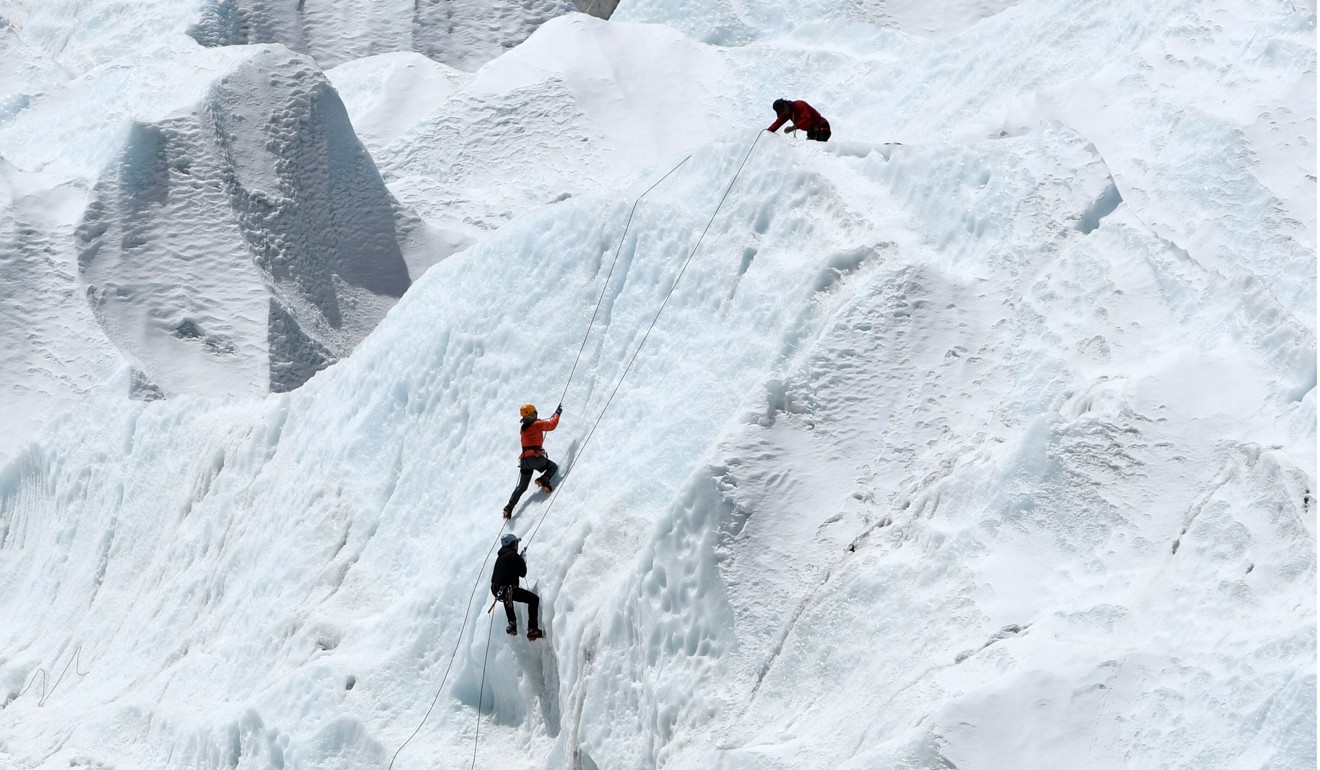
A drop in fees has meant more people can try to fulfil their dream of conquering the world’s highest peak, but there are grim predictions that an increasing number will not make it home.
Critics warn bargain operators – who have slashed the price of an Everest ticket to as low as US$20,000 – accept even the most inexperienced climbers. Meanwhile, expensive rivals, who charge around US$70,000, have smaller teams and require proven climbing ability from clients.
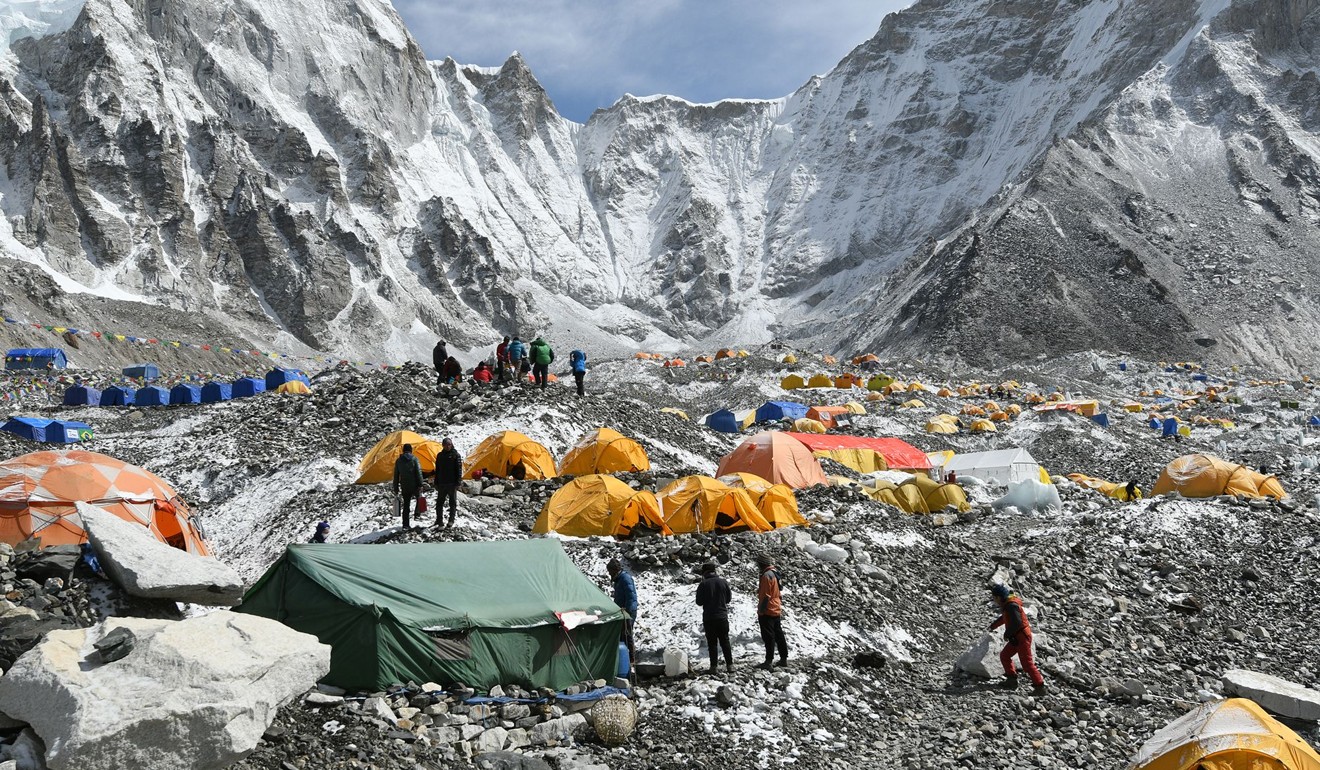
In the 1980s Nepal’s government only allowed one team per route on Everest, which meant only a handful of experienced and sponsored climbers could get a foothold. Since the limit was scrapped in the 1990s operators have crowded the slopes for a slice of the lucrative industry.
This year there are more than 500 paying climbers – a bumper year. Last year six people died.
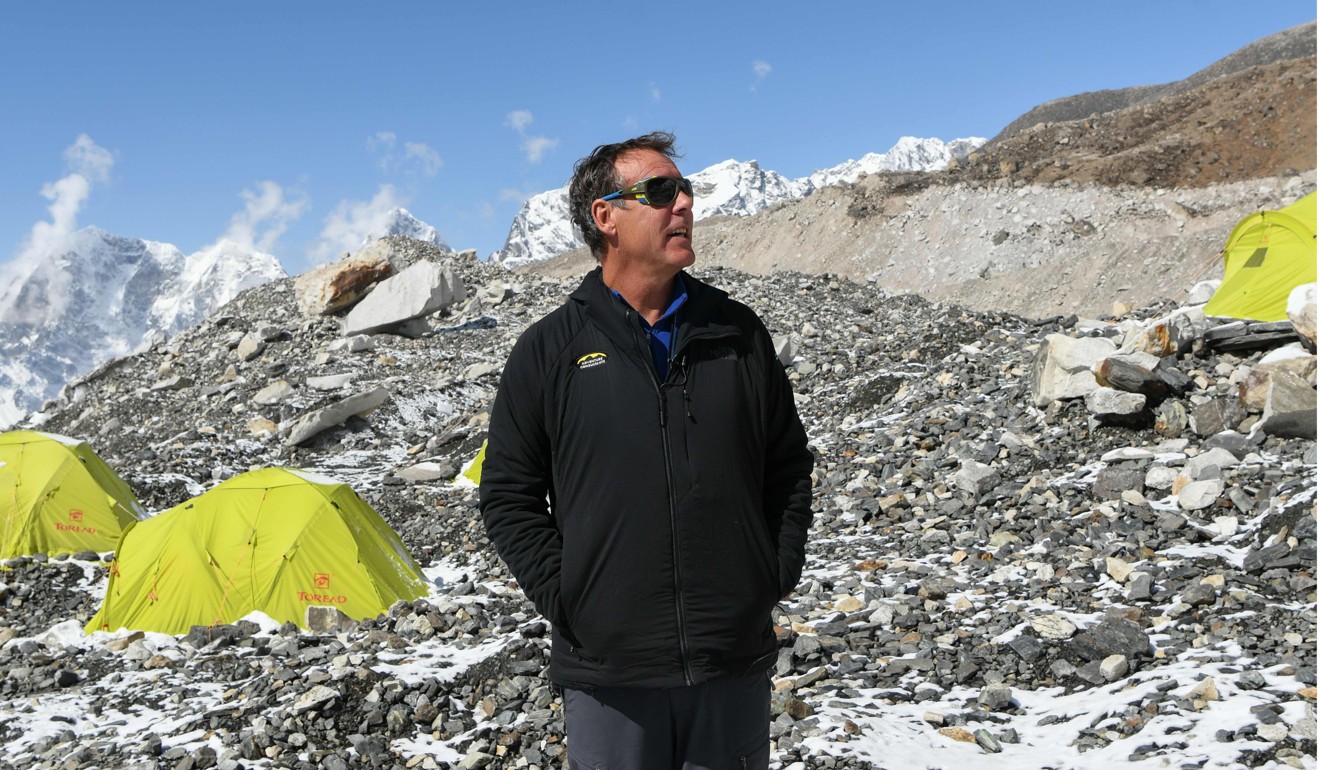
Guy Cotter, who has been guiding on Everest for 27 years, warned that many new climbers lack experience.
“Nowadays people can go on the internet and buy the cheapest expedition onto the mountain. But there is no criteria for experience with some of these operators,” said the owner of New Zealand-based Adventure Consultants. “They are not mountaineers. They are just people who want to claim the prize of climbing Mount Everest. They are hunting for that trophy.”
Tenzing Norgay, the first man to summit Everest with New Zealander Edmund Hillary in 1953, only reached the top on his seventh attempt.
Today amateurs expect to do it on their first try, prompting many to take higher risks, lulled into a false sense of security by the thousands who have succeeded.
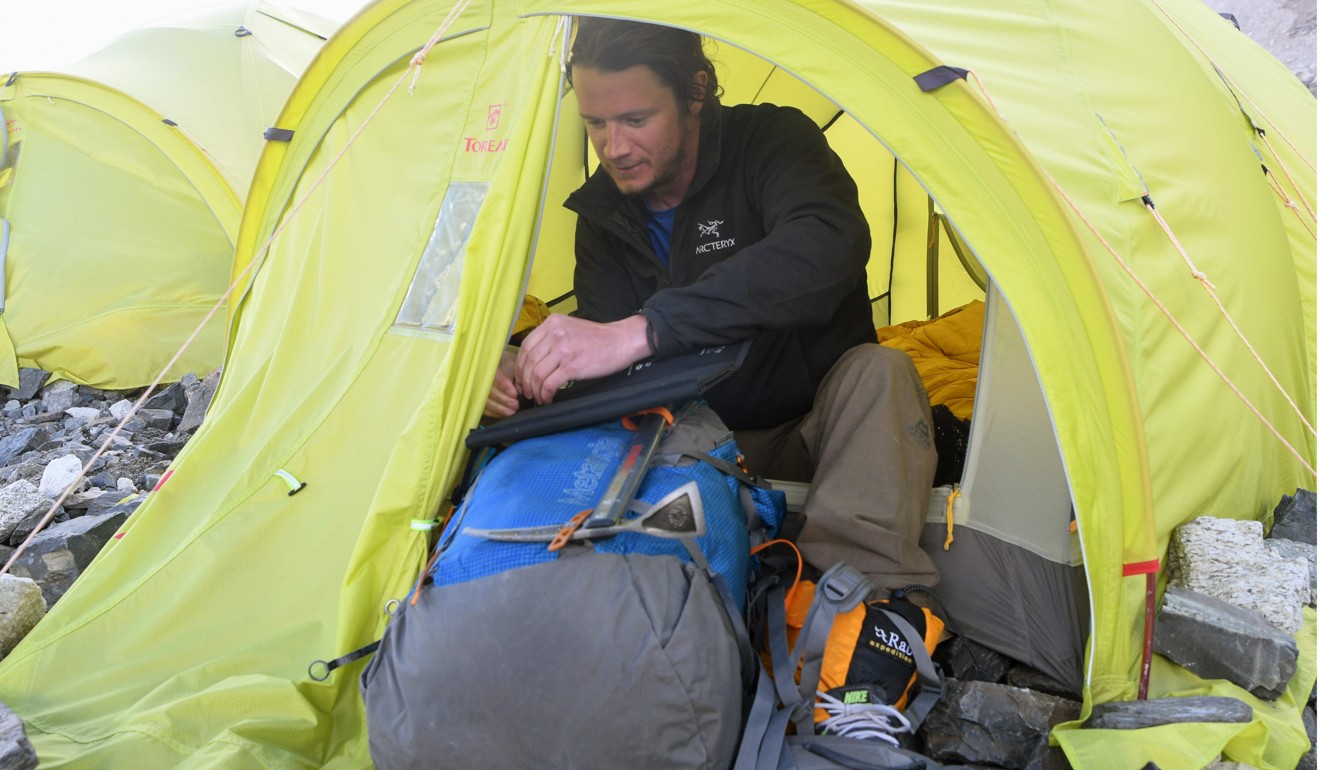
“Someone else has done this before me, so why can’t I do it?” said 33-year-old Briton Daniel Horne, who used to work in online media.
He paid US$70,000 to climb Everest and said it would take years to find the money and time to make another attempt if he fails: “Unless they tell me to turn around, I’m going to keep going.”
Many predicted a turning point after 1996 when eight people died descending the summit.
“With enough determination, any bloody idiot can get up this hill. The trick is to get back down alive,” Rob Hall – a guide that year – reportedly said.
Critics say Hall and rival guide Scott Fischer, who both died that season, were too focused on their clients’ investment in getting to the summit.
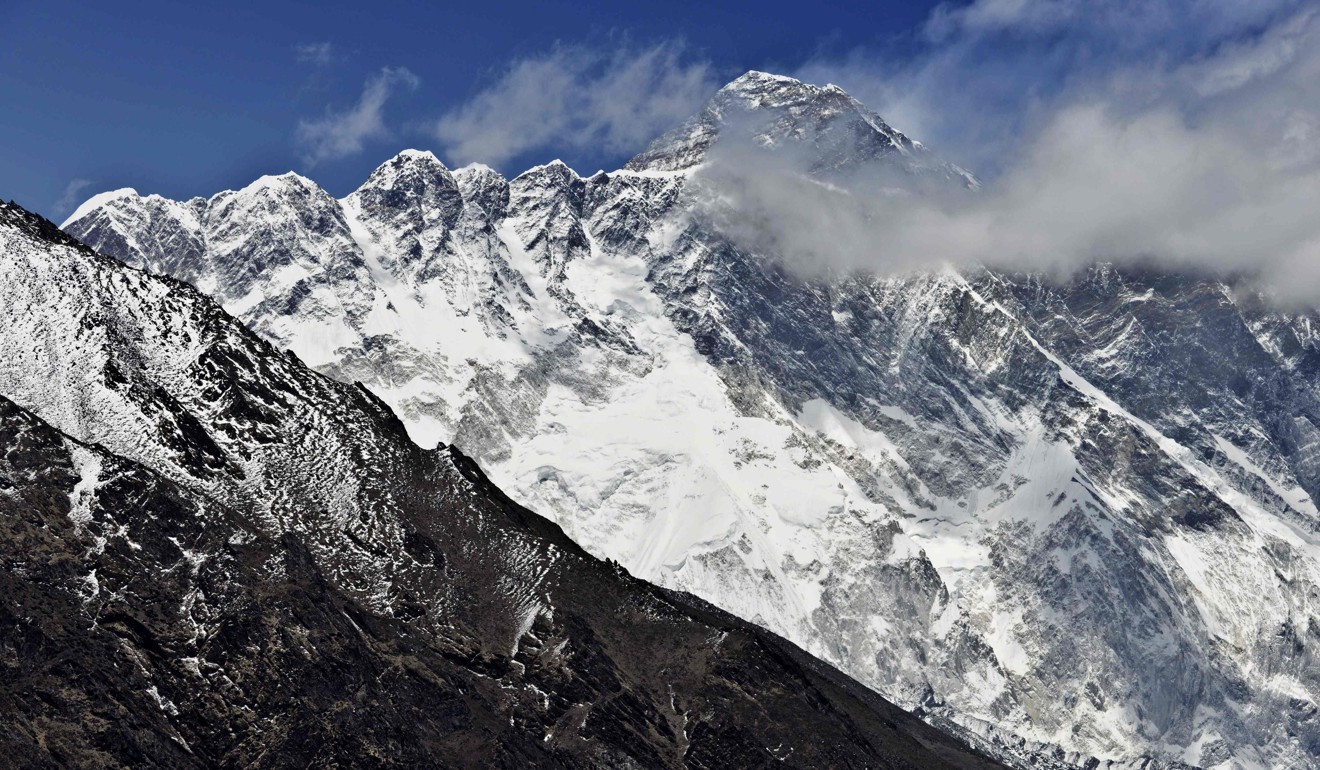
“I predict that we’ll have more fatalities on the mountain until the operators mature,” said Russell Brice, owner of Himalayan Experience, who has been taking people up Everest since 1994.
He also blamed the attitude of some climbers.
“Summit fever is a real disease. People just go on. It’s the blaseness of ‘It’s just a toe’,” he said, referring to the risk of losing digits to frostbite.
Everest guide Ang Tshering Lama, who last year rescued a climber and his guide who refused to turn around and give up his US$20,000 fee, pointed the finger at climbers’ egos.
“People say, ‘I climbed’. But they can’t say ‘I am a climber’,” said Lama. “You need to be a climber to be on this mountain.”

.png?itok=arIb17P0)